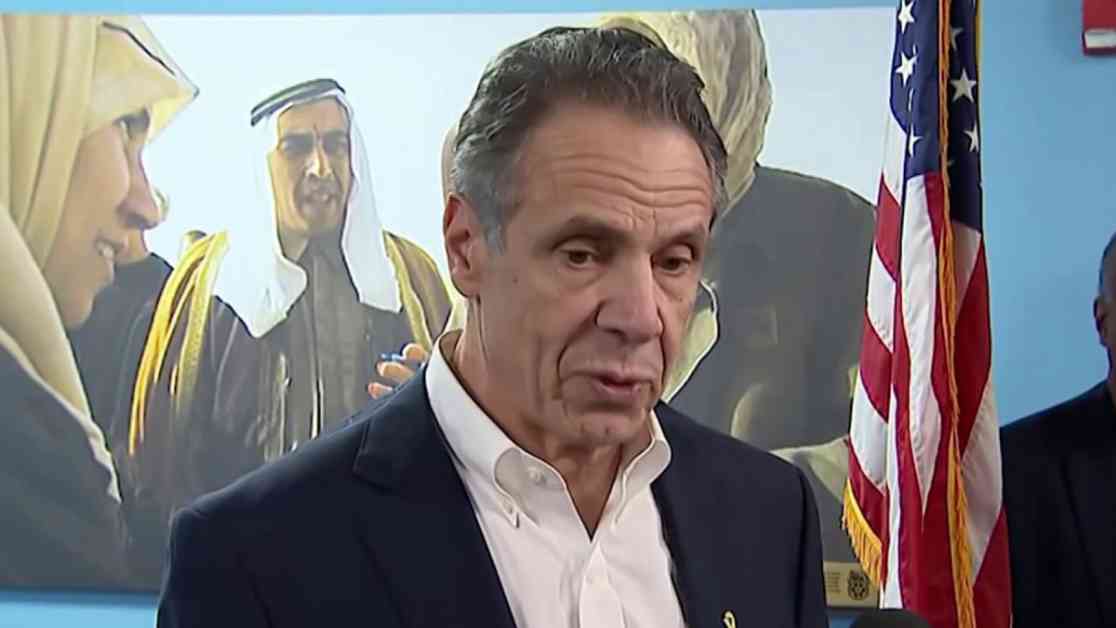Amidst the bustling streets of New York City, a familiar debate unfolds as the city eagerly anticipates the forthcoming mayoral elections. At the center of this discussion is Andrew Cuomo, a former governor whose transportation policies have sparked both praise and criticism. Can a man accused of cutting transit funding and causing chaos within the city’s transportation system redeem himself as a mayor who advocates for innovative and inclusive transportation solutions?
The narrative surrounding Cuomo’s transportation legacy is a complex one, with supporters and detractors voicing contrasting opinions. Queens Assemblyman Zohran Mamdani, a mayoral candidate, took a critical stance on Cuomo’s approach, highlighting the discrepancies between his policies and their practical implications. Mamdani’s proposal for a free bus pilot program in New York City revealed promising outcomes, such as increased ridership and reduced assaults on bus operators. However, the initiative came to an abrupt end due to a lack of state funding, prompting questions about the sustainability of Cuomo’s transportation strategies.
In response to the mounting scrutiny, Cuomo rolled out a new mayoral policy paper that outlines his vision for affordable transportation in the city. Key components of this plan include expanding the Fair Fares program, which offers discounted MetroCards to low-income residents, and evaluating the potential expansion of the Fare-Free Bus Pilot. Mamdani viewed these policy shifts as a departure from Cuomo’s previous confrontations with transit authorities, suggesting a newfound commitment to addressing the city’s transportation challenges.
Despite Cuomo’s efforts to reframe his transportation legacy, critics like City Comptroller Brad Lander remain unconvinced, citing the deterioration of the subway system under Cuomo’s governance. Lander pointed to a litany of issues, from frequent delays and signal malfunctions to overcrowding, painting a grim picture of the city’s transit landscape during Cuomo’s tenure. Azzopardi, Cuomo’s spokesperson, defended his record by highlighting his role in overseeing significant MTA capital projects, such as the 2nd Ave subway and the Moynihan Train Hall, while dismissing the criticisms as politically motivated attacks from longstanding opponents.
As the mayoral race gains momentum, Cuomo faces mounting pressure to present a comprehensive transit plan that addresses the city’s evolving needs. Azzopardi hinted at the upcoming release of a detailed mass transit proposal from Cuomo, emphasizing the importance of affordability in shaping transportation policies. Cuomo himself reaffirmed his commitment to congestion pricing, a groundbreaking initiative that aims to reduce traffic congestion in the city. However, recent calls for a toll delay have raised questions about the timing and feasibility of this policy.
In the midst of these debates and controversies, the future of transportation in New York City hangs in the balance. Cuomo’s bid for mayor hinges on his ability to navigate a complex web of criticisms and endorsements, offering a vision that resonates with the diverse needs of the city’s residents. As the mayoral race unfolds, all eyes are on Cuomo as he seeks to redefine his transportation legacy and address the pressing challenges that lie ahead. Only time will tell whether his efforts will yield lasting improvements for New York City’s transportation infrastructure.












